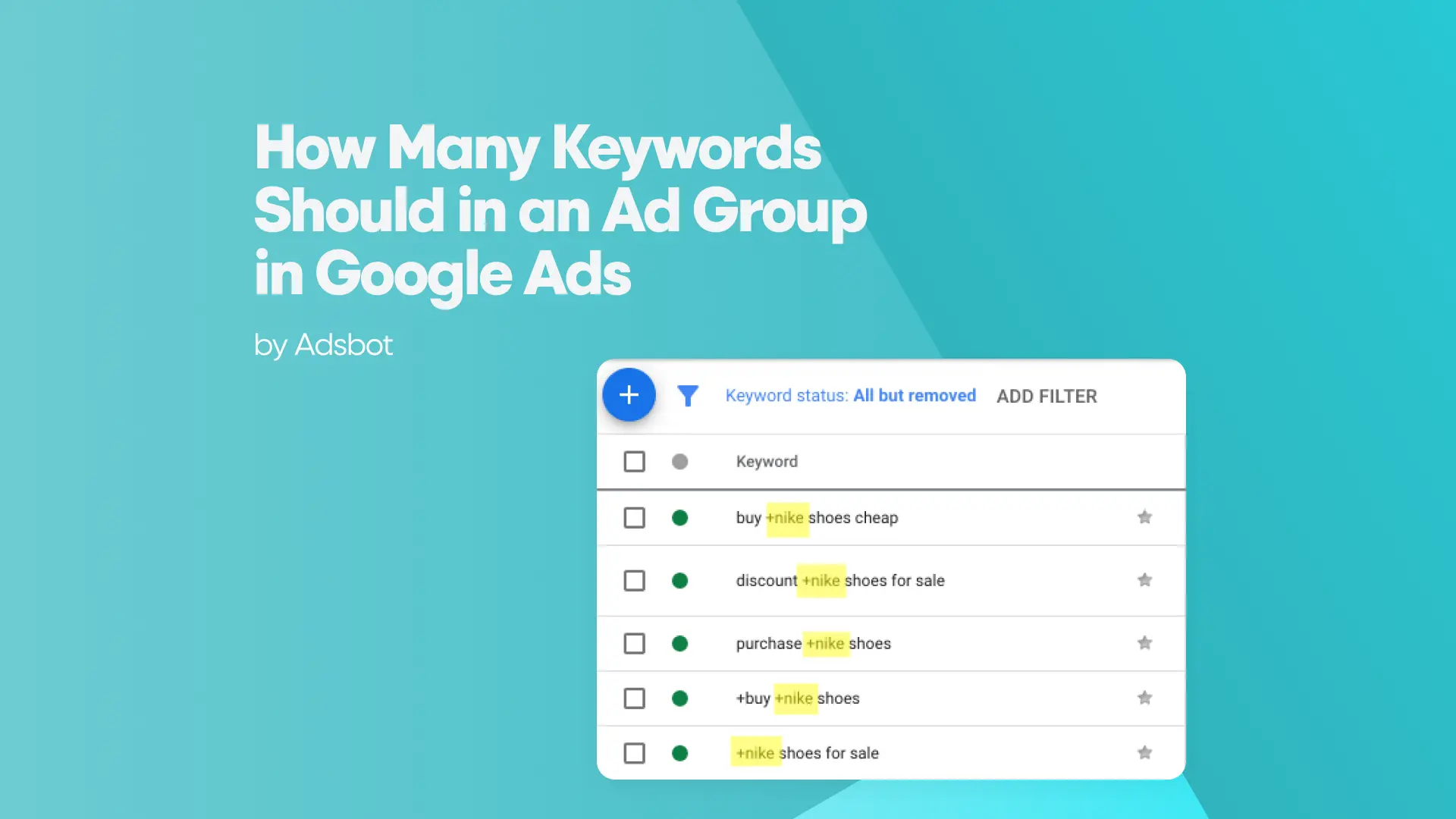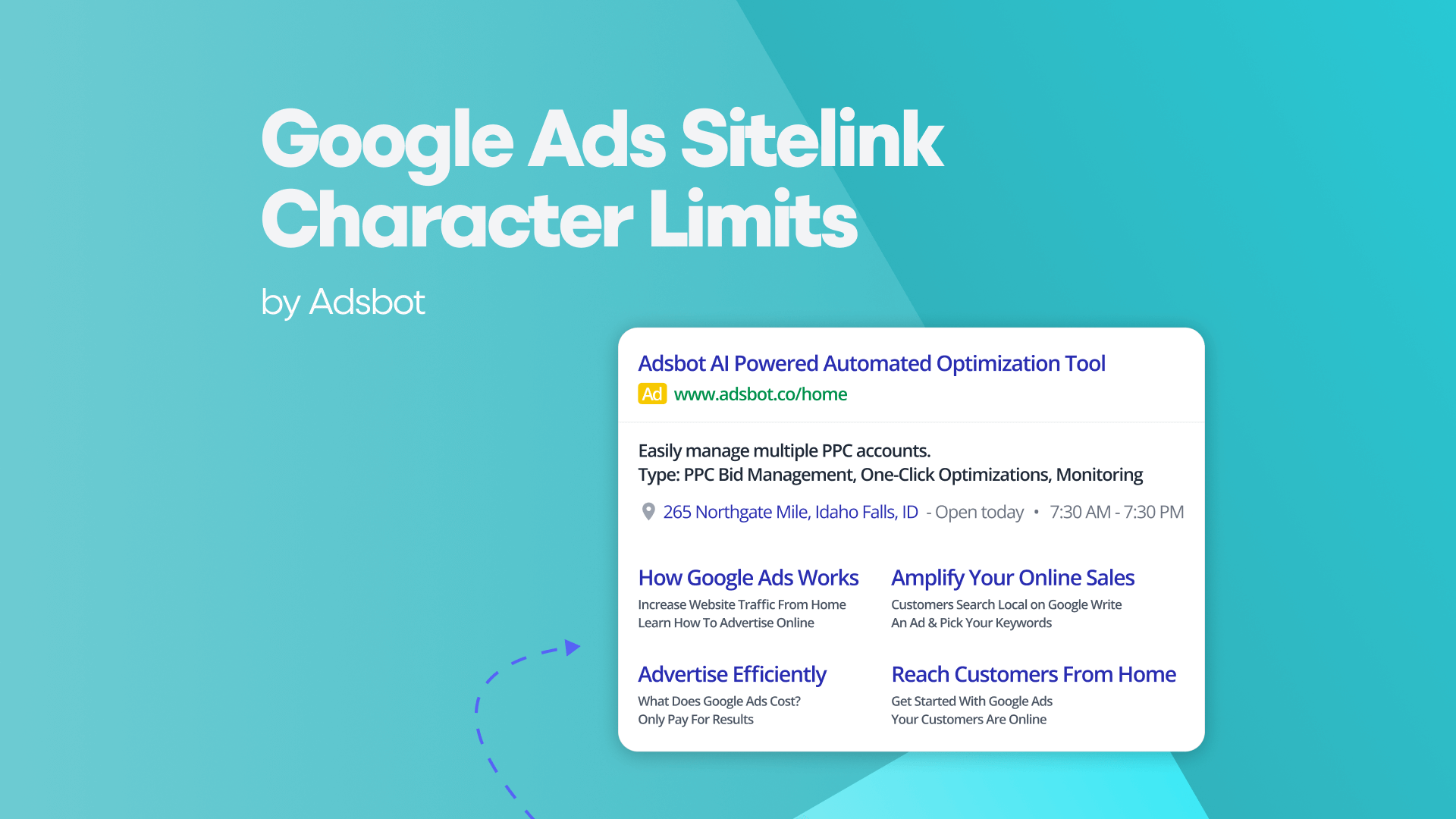In the competitive landscape of digital marketing, businesses employ various strategies to boost visibility, attract customers, and drive conversions. Two of the most prominent methods are Search Engine Optimization (SEO) and Pay-Per-Click (PPC) advertising. Though distinct in their approach and mechanisms, SEO and PPC can be combined to create a powerful strategy. This article explores what SEO and PPC entail, their differences, and how integrating these techniques can optimize your marketing efforts.
What Are SEO and PPC?
SEO (Search Engine Optimization)
SEO focuses on improving a website’s organic (unpaid) search engine rankings. It involves optimizing website content, structure, and performance to make it more appealing to search engines. SEO practices include:
- Keyword optimization: Researching and integrating relevant keywords.
- Content creation: Developing valuable, high-quality content to attract and retain visitors.
- On-page and technical SEO: Ensuring optimal site structure, speed, and usability.
- Link-building: Acquiring reputable backlinks to increase site authority.
By enhancing these elements, SEO aims to improve organic search rankings, drawing in more traffic over time.
PPC (Pay-Per-Click Advertising)
PPC advertising is a model where businesses pay for each click on their ads. It’s a way to gain immediate visibility at the top of search results by bidding on relevant keywords. PPC campaigns typically involve:
- Keyword bidding: Competing for ad placements based on targeted keywords.
- Ad copywriting: Crafting compelling ad copy to attract clicks.
- Landing page optimization: Designing pages that encourage conversion.
- Budget and bid management: Setting daily budgets and adjusting bids for cost efficiency.
Unlike SEO, PPC ads appear at the top of search results immediately but come at a cost per click.
Difference Between SEO and PPC
Here the answer to the most common question: what is the difference between SEO and PPC ?
Cost Structure
- SEO is generally free in terms of clicks but requires investment in time, content, and technical resources. Once established, organic traffic can be sustained at a lower ongoing cost.
- PPC requires continuous funding, with costs based on clicks. The more competitive the keyword, the higher the bid cost.
- Time to Results
- SEO results can take months as it requires time to build authority and improve rankings gradually.
- PPC provides immediate visibility. Ads start appearing almost as soon as campaigns are launched.
- Traffic Type
- SEO generates organic traffic, which tends to be trusted more by users.
- PPC brings in paid traffic, which is visible immediately but may be less trusted due to the “Ad” label.
- Effect Duration
- SEO can have long-lasting effects. Once ranking is achieved, a site can maintain traffic with regular updates.
- PPC traffic stops as soon as you pause the ads, making it short-term without continuous investment.
- Positioning
- SEO listings generally appear below PPC ads, especially on search engines like Google.
- PPC ads are typically displayed prominently at the top of search results.
The difference between SEO and PPC keywords lies in their application; SEO keywords focus on long-term organic visibility, while PPC keywords are selected for immediate paid targeting and conversion opportunities.
Benefits of SEO and PPC Marketing
SEO Benefits
- Cost-effective: While it requires an initial investment, organic traffic is cost-efficient over time.
- Trust and credibility: Users tend to trust organic search results more than ads, resulting in better engagement.
- Sustainable traffic: Once rankings improve, you can attract consistent traffic with periodic updates.
PPC Benefits
- Immediate results: PPC ads appear as soon as campaigns are launched.
- Targeted reach: You can refine targeting by keywords, demographics, location, and interests.
- Control over visibility: With PPC, you have full control over ad placements, budgets, and audience targeting.
How SEO and PPC Work Together
Though SEO and PPC have differences, they can complement each other effectively. Here’s how integrating SEO and PPC can create a robust marketing strategy:
- Enhanced Visibility Combining SEO and PPC doubles your chances of appearing on the first page of search results. While PPC captures top ad spots, SEO ensures organic listings below the ads, giving your business more screen presence.
- Keyword and Audience Insights PPC campaigns provide immediate data on high-performing keywords, helping identify terms that convert. This information can be valuable for refining your SEO keyword strategy to focus on keywords that yield the best results.
- Remarketing Opportunities Users who visit your site through SEO efforts but don’t convert can be retargeted through PPC ads. This technique allows you to reinforce your message and increase the chances of conversion.
- A/B Testing PPC offers a great platform for A/B testing. By running different ad copies, landing pages, and calls-to-action, you can quickly determine what works best. Once you find the best-performing elements, you can implement similar strategies in your SEO content to improve engagement.
- Increased Brand Authority When users see a business both in organic results and PPC ads, it boosts brand authority and credibility. This presence reinforces trust and establishes the business as a reliable choice in the industry.
- Improved Quality Score in PPC PPC platforms like Google Ads factor in Quality Score, which measures the relevance of your ads and landing pages. By improving SEO on landing pages, you can enhance Quality Scores, potentially lowering PPC costs and improving ad placement.
Key SEO and PPC Strategies
SEO Strategies
- Keyword Optimization: Use relevant keywords based on search volume and competition.
- Content Quality: Create engaging, informative content that aligns with user intent.
- On-Page Optimization: Improve title tags, meta descriptions, and image alt tags.
- Technical SEO: Enhance page speed, mobile-friendliness, and site structure.
- Backlink Building: Secure reputable links from authoritative sites.
PPC Strategies
- Targeted Keywords: Bid on high-intent, relevant keywords that have a strong potential to convert.
- A/B Testing Ads: Test multiple ad versions to find the most effective one.
- Refining Target Audience: Use demographic targeting for better results.
- Ad Extensions: Add features like site links and call extensions to make ads more informative.
- Budget Optimization: Monitor performance and adjust bids to maximize ROI.
SEO and PPC Campaign Integration Tips
- Align SEO and PPC Keywords Begin with PPC campaigns to identify high-performing keywords, then incorporate these into your SEO strategy. PPC’s quick data insights can help refine your organic content focus for better results.
- Unified Reporting and Analysis Use combined SEO and PPC reporting tools to track the performance of both channels. This will give you a clearer picture of total conversions, cost-per-acquisition (CPA), and which campaigns drive the most impact.
- Cross-Promote Content Run PPC ads on high-performing blog posts or product pages to drive more traffic. You can also promote popular SEO content through social media ads to amplify reach.
- Consistent Messaging Across Channels Ensure that SEO-optimized pages and PPC ad copy share consistent messaging, calls-to-action, and branding. This cohesion enhances the user experience and reinforces your brand message.
SEO and PPC Reporting Tools
To streamline the tracking process, many businesses utilize SEO and PPC integration reporting tools. Popular options include:
- Google Analytics: Offers a comprehensive view of organic and paid traffic performance.
- SEMrush: Provides detailed SEO and PPC analytics, including keyword performance and competitor insights.
- Google Ads and Google Search Console: Track PPC campaign success and SEO rankings respectively.
- Ahrefs and Moz: Monitor keyword rankings, backlinks, and overall domain authority, helping with SEO adjustments.
Conclusion
SEO and PPC services offer businesses a comprehensive approach to digital marketing. Whether through SEO and PPC management, focusing on optimizing campaigns, or running SEO and PPC campaigns tailored to specific goals, combining both strategies ensures maximum visibility and results. Understanding businesses can unlock new opportunities, showing how PPC and SEO work together to create a powerful synergy. This unified approach ensures businesses not only reach their target audience but also remain competitive in a dynamic digital marketplace.
While SEO and PPC marketing have their individual strengths, their true potential is realized when they work together. SEO builds a sustainable organic foundation, while PPC delivers immediate results and insights that can refine SEO efforts. A balanced approach, using both SEO and PPC, can maximize visibility, attract a broader audience, and ultimately drive higher conversion rates. By understanding and leveraging both strategies, businesses can create an effective digital marketing strategy that balances long-term growth with immediate impact. As part of a well-rounded digital marketing SEO PPC strategy, both approaches ensure sustainable growth while meeting immediate objectives.
Popular Posts
-
How Many Keywords Should Be In an Ad Group in Google Ads?
Ever wondered if your Google Ads campaigns are packed with…
Read more -
Google Ads Script for Dummies: An Introduction
Imagine you have an e-commerce website that sells licensed superhero…
Read more -
Google Ads Sitelink Character Limits
Your Google Ads are cutting off in the middle of…
Read more -
What Is Conversion Value in Google Ads?
What if you could put a price tag on every…
Read more
Register for our Free 14-day Trial now!
No credit card required, cancel anytime.





